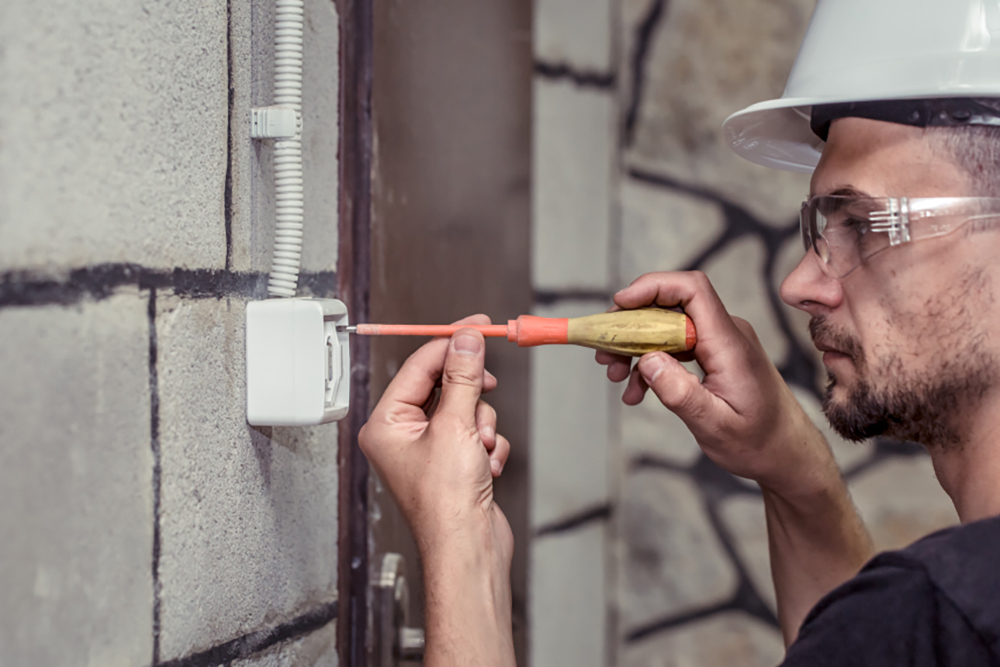The Ultimate Guide on How to Wire a New House

Wiring a new house can be a daunting task, but it doesn't have to be. Whether you are a DIY enthusiast or a professional electrician, this guide will provide all the necessary steps and tips to help you wire a new house safely and efficiently. From planning and design to installation and testing, we cover everything you need to know to get the job done right.
1. Plan and Design
Before starting the electrical work, it is critical to plan and design the layout of the wiring system. Start by creating a comprehensive list of the appliances, devices, and circuits that you want to install in each room. This will help you determine the number and type of electrical panels, circuits, and outlets you will need. Additionally, consider energy-efficient fixtures and appliances to save on your electricity bill.
2. Install Electrical Panels and Boxes
Install the main electrical panel and basement sub-panel(s) in a secure and accessible location. The panels should be labeled with breaker numbers, amps, and areas they cover. Next, install junction boxes for switches, outlets, and lighting fixtures. Boxes should be mounted securely and have enough space to accommodate the wires, connectors, and switches.
3. Run Cables and Wiring
With the plan in place, run the electrical wires and cables to all the locations that need power in the house. Use the correct gauge and type of wiring for each circuit, and ensure that the wires are properly secured and labeled. Keep wires straight and parallel, and avoid sharp corners or kinks that can damage the insulation or cause short circuits.
4. Install Light Fixtures and Switches
Once the wiring is in place, it's time to install lighting and switch fixtures. Choose the type of fixtures and switches that suit your style and function preferences. Make sure they are wired correctly, installed securely, and positioned appropriately. Check for any loose connections and use a voltage tester to ensure that the power supply is off before installing.
5. Test and Inspect
After all the wiring, fixtures, and devices are installed, test and inspect the electrical system to ensure that it is working safely and correctly. Check the voltage levels, circuit breakers, and GFCI outlets to make sure they are operating as intended. Hire a licensed electrician to perform a final inspection and sign off the electrical permit for safety and code compliance.
Conclusion
Wiring a new house requires careful planning, attention to detail, and knowledge of electrical systems. With the tips and steps outlined in this guide, you can install a safe and functional electrical system that meets your needs. Remember to always follow safety guidelines, use high-quality materials, and consult with a licensed electrician whenever you need assistance. If you're looking for electricians in Winter Park, FL, contact Spectrum Electric Inc today to schedule an appointment and ensure a safe and efficient wiring installation.
